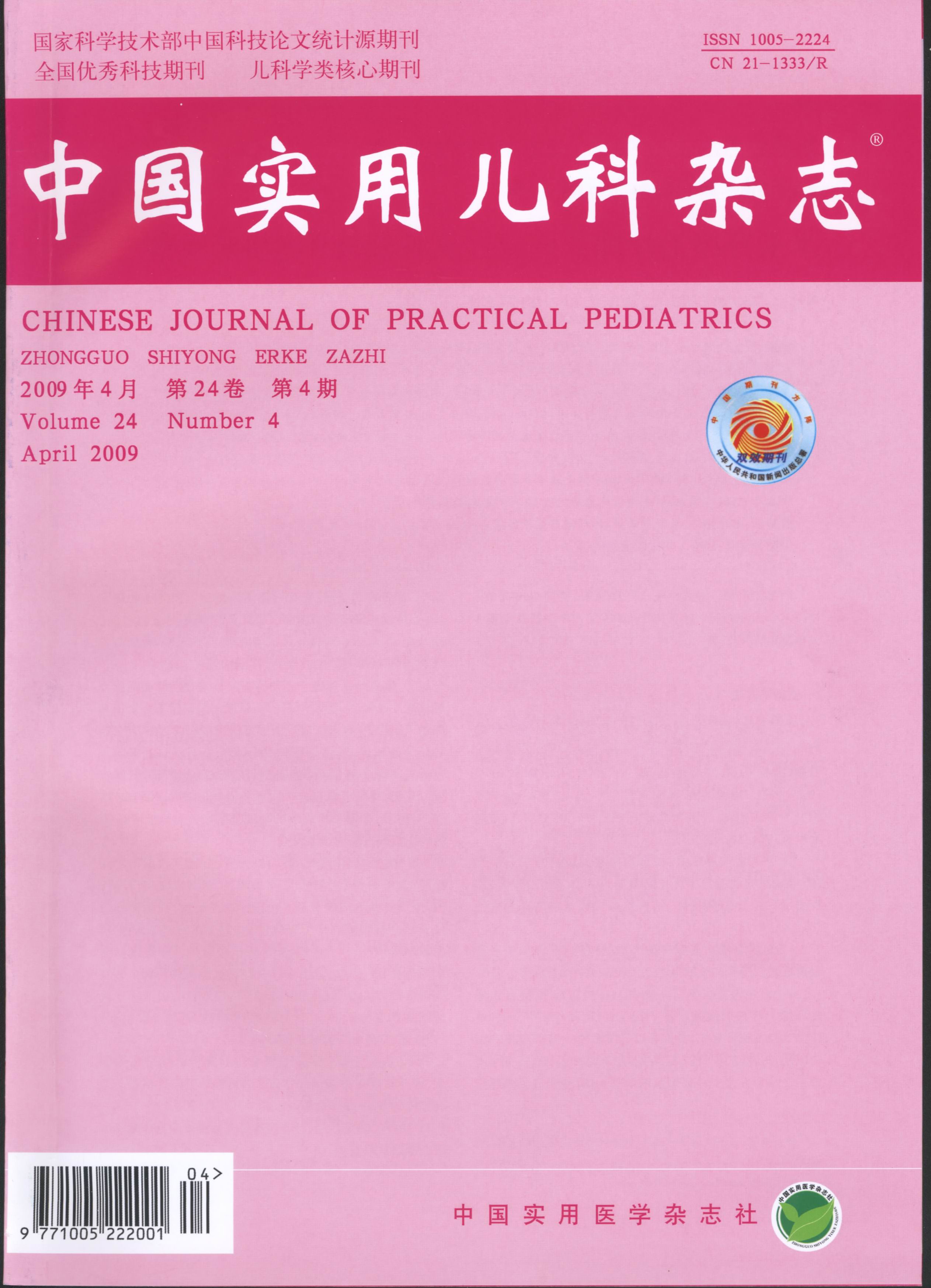Objective To study the reversal of atelectasis during the recovery of mycoplasma pneumoniae pneumonia and determine the
therapeutical time of fiber-optical bronchoscope-assisted washing treatment. To recognize the incidence of bronchiolitis obliterans. Methods
Totally 109 cases of pediatric mycoplasma pneumoniae pneumonia with pulmonary atelectasis complication had been selected from 1166 patients
who were treated in Beijing Pediatric Hospital between May 2006 and May 2007. After telephone appointments and parental authorizations, all
pediatric patients were examined with HRCT and/or with pulmonary function after an interval of 1.0 to 1.4 years. Results (1) The incidence
of pediatric mycoplasma pneumoniae pneumonia with pulmonary atelectasis complication in hospitalized patients was 10.03%. (2) Reversal of
atelectasis during recovery: one-year follow-up study showed that 23 patients have been identified with abnormal lung appearance by using
HRCT imaging in 36 cases of pediatric mycoplasma pneumoniae pneumonia with pulmonary atelectasis complication, corresponding to a rate of
63.9%. The abnormalities were as follows: appearances of “mosaics” (9 cases), bronchiectasis (12 cases), thickened bronchial walls
(11 cases), decreased pulmonary vascularity (2 cases), smaller tubercles and tree-in-bud patterns (3 cases), mucus clots (1 case)
, unilateral hyperlucent lung (1 case) and rope-shaped atelectasis areas (10 cases). (3) There was a significant difference in the
therapeutically effect of fiber-optical bronchoscope-assisted washing treatment between the group within 20 days and more than 20 days of
illness (P < 0.05). (4) Analysis of the pulmonary functions in 27 cases showed that the pulmonary function was still abnormal with
obstruction of ventilation function in 16 cases, complexed/mixed ventilation functional obstructions with blocking as primary obstacle in 1
case.(5) The incidence of bronchiolitis obliterans was 25% (9/36) in our study.Conclusion The incidence of pediatric mycoplasma
pneumoniae pneumonia with pulmonary atelectasis complication in hospitalized patients is 10.03%; the follow-up study shows that the sequelae
of the mycoplasma pneumoniae pneumonia is mainly bronchiectasis and/or bronchitis obliterans; early application of the fiber-optical
bronchoscope-assisted washing treatment may reduce the sequelae of the mycoplasma pneumoniae pneumonia; this one-year follow-up study also
shows that the pulmonary function is still abnormal with obstruction of ventilation function in some patients.

